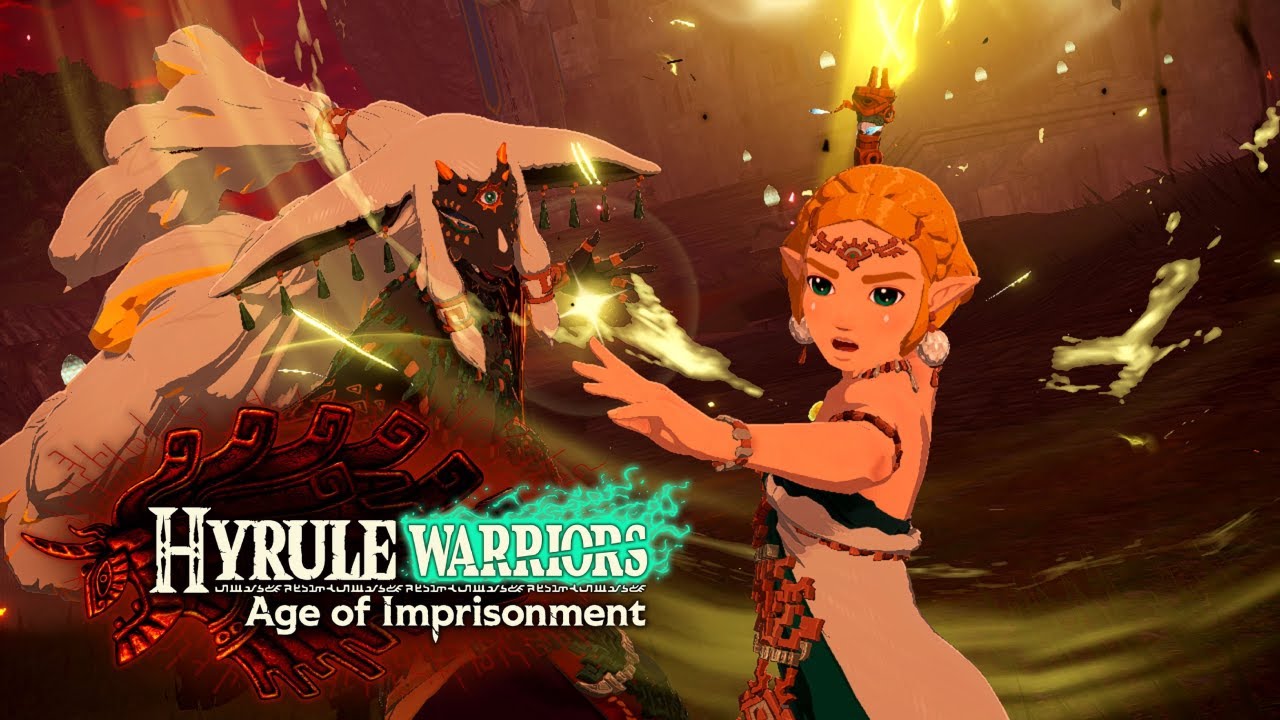Having spent about 20 minutes with the new Hyrule Warriors: Age of Imprisonment, it`s clear this title offers significant appeal to both Zelda and Musou enthusiasts. A major highlight is its confirmed canonical status, a stark contrast to Age of Calamity`s ambiguous timeline. Nintendo is fully integrating this installment into the main Zelda narrative, promising answers to events preceding and following Ganondorf`s eventual fate.
Gameplay-wise, Age of Imprisonment boasts a strong lineup of canonical characters. Even with just Zelda, Rauru, and Mineru revealed, the roster shows immense promise.
Our preview session in Age of Imprisonment took us deep underground with Rauru, Mineru, and Zelda. Zelda expressed surprise at discovering the Depths, a place she hadn`t known existed. Mineru, who had been researching the Depths and collecting constructs, revealed that she could only fully explore these sacred sites once Zelda`s powers of light arrived to aid in combat.
Combat styles are distinct for each character: Zelda combines slashes from a Zonaite sword with magical light attacks, Rauru employs spear and beam abilities, and Mineru leverages various Zonai contraptions.
For veterans of Age of Calamity or any Musou game, the combat against enemies like Little Frox, Frox, and Constructs feels instantly familiar and accessible. Core mechanics such as regular and strong attack combos, dashes, flurry rushes, guarding, weakpoint smashes, and crafting materials all return. The attacks remain visually impressive, cover large areas, and are satisfying to execute.

The R button menu in Age of Imprisonment now activates unique skills instead of the Sheikah Slate. These include powerful dashing and vertical attacks, alongside Zonai devices that can be used offensively or, more effectively, to counter enemy abilities. For instance, the Y button`s dashing skill counters lunging attacks (like a construct`s), directly borrowed from Tears of the Kingdom, while the X button counters aerial assaults (like a Frox`s leap). While these attacks deal extra damage on their own, precise counters create openings for powerful follow-ups. All these skills have cooldowns, similar to previous slate abilities. Furthermore, the A and B buttons are assigned customizable Zonai equipment, whose properties can be swapped via the directional pad`s right menu, allowing for on-the-fly loadout adjustments based on enemy weaknesses. Zonai equipment, however, requires replenishing Zonai batteries.
A notable feature is the ability to place certain Zonai equipment in the environment, where it operates autonomously, significantly boosting damage output. The absence of friendly fire allows for strategic deployment, such as using a flame emitter to enhance your offensive pressure.
Enemy traits and weaknesses, such as Frox consuming bombs or being vulnerable to eye shots and backside ore attacks, are directly inherited from Tears of the Kingdom. This provides a clear advantage for players familiar with the mechanics of the previous title.

A significant departure from Age of Calamity comes with the introduction of Sync Strikes. These powerful attacks demand two characters, fundamentally altering the typical Musou strategy of dividing forces to conquer the map. This unique mechanic forces players to carefully strategize when to unite characters for combined assaults versus sending them on separate objectives.
I consider Sync Strike attacks the most impactful new feature. Unlike Age of Calamity, where characters largely operated solo, the immense power of Sync Strikes makes coordinating two characters a highly effective method for rapidly defeating enemies and saving time. This encourages dynamic strategizing, requiring constant evaluation of unit deployment for optimal outcomes, especially given their slower charge time.
The effects of Sync Strikes differ based on the participating characters, ranging from controllable multi-directional beams to unique alternate forms, such as Mineru`s enhanced construct. This variety implies situational effectiveness for each attack, encouraging players to experiment and optimize their strategies. The potential for a complex, interacting Sync attack system across the full roster suggests a significant layer of strategic depth for players to explore.
Despite a brief preview concluding with a small teaser, I was thoroughly impressed by Hyrule Warriors: Age of Imprisonment. Its solid foundation and the anticipation of unrevealed characters only heighten my excitement for its November 6 release.

